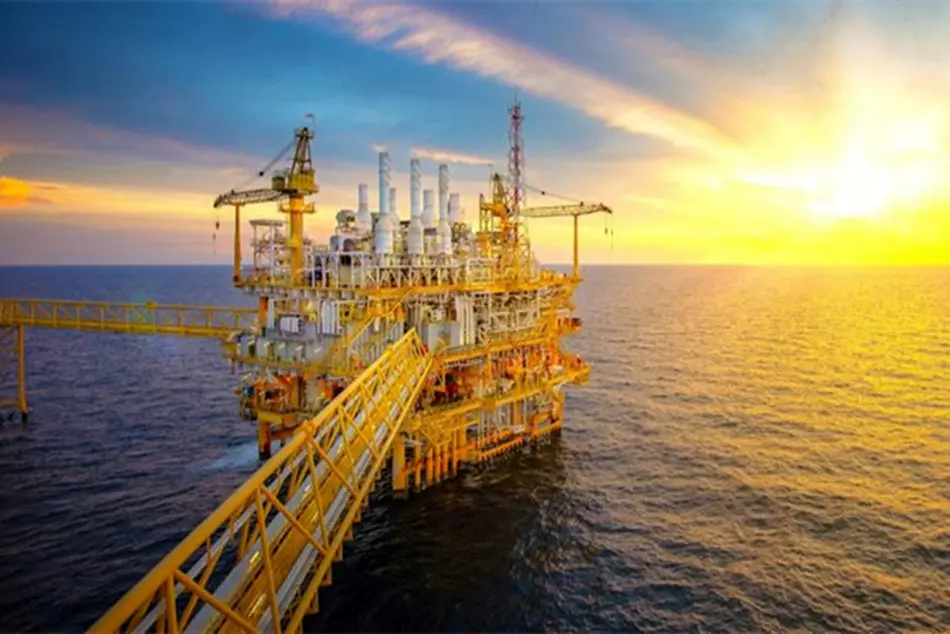Asia’s fuel oil trade nearly halved in 2020 due to COVID and rule changes
Trading volumes in Asia for fuel oil, a key shipping fuel, nearly halved in 2020 to the lowest levels in at least five years as stricter emission rules for marine fuel altered trade patterns and as the COVID-19 pandemic hurt demand.

Trading volumes in Asia for fuel oil, a key shipping fuel, nearly halved in 2020 to the lowest levels in at least five years as stricter emission rules for marine fuel altered trade patterns and as the COVID-19 pandemic hurt demand.
The drop in trade volumes during S&P Global Platts’ price assessment process and on the Intercontinental Exchange (ICE) followed a major fuel specification change in the shipping industry last year as the International Maritime Organization (IMO) reduced the sulphur content for marine fuels to 0.5% from 3.5% starting from 2020.
A total of 7.33 million tonnes of fuel oil was traded during Platts’ Singapore market-on-close (MOC) price assessment process, down 46% from 2019, data from the global energy pricing agency showed.
“One reason is COVID … but we have seen overall quite a substantial drop in spot trading across the barrel,” said Calvin Lee, head of content for Asia at Platts.
The trades included 180-centistoke (cst) and 380-cst high-sulphur fuel oil (HSFO) and the IMO-compliant 0.5% marine fuel oil (MFO). Singapore is the world’s top marine refuelling hub and serves as Asia’s pricing centre for crude and oil products.
“We’re not focused on ensuring there are large volumes of trades during the MOC,” Lee said.
“What we are really keen on is the demonstration of value and we do still see quite a fair bit of bids and offers every day even though overall trade volumes has dropped but this is true for all products.”
Other reasons for the drop include a shift to longer term deals away from spot purchases to ensure reliable MFO supplies, a reduction in China’s imports from Singapore, and the collapse of Hin Leong Trading Pte Ltd, one of Asia’s largest oil traders and an active participant in the MOC process, traders said.
DERIVATIVES
Open interest (OI) volumes on ICE for cash-settled outright HSFO contracts fell 42% in 2020 from the previous year, while the new ICE 0.5% MFO contract, launched in February 2019, was up 450% as the industry switched hedging tools, ICE data showed.
Traders were using gasoil contracts to hedge low-sulphur marine fuel at the start of 2020 as the new MFO contracts had low liquidity, trade sources said. That boosted ICE gasoil outright contract’s OI volumes by 51% in 2020.
However, they are gradually switching back to MFO derivatives as liquidity has picked up.
This switch could boost liquidity for the 0.5% MFO contract close to HSFO’s volumes by the second quarter, said Matt Stanley, a Dubai-based oil broker at Starfuels.
Source: Reuters



